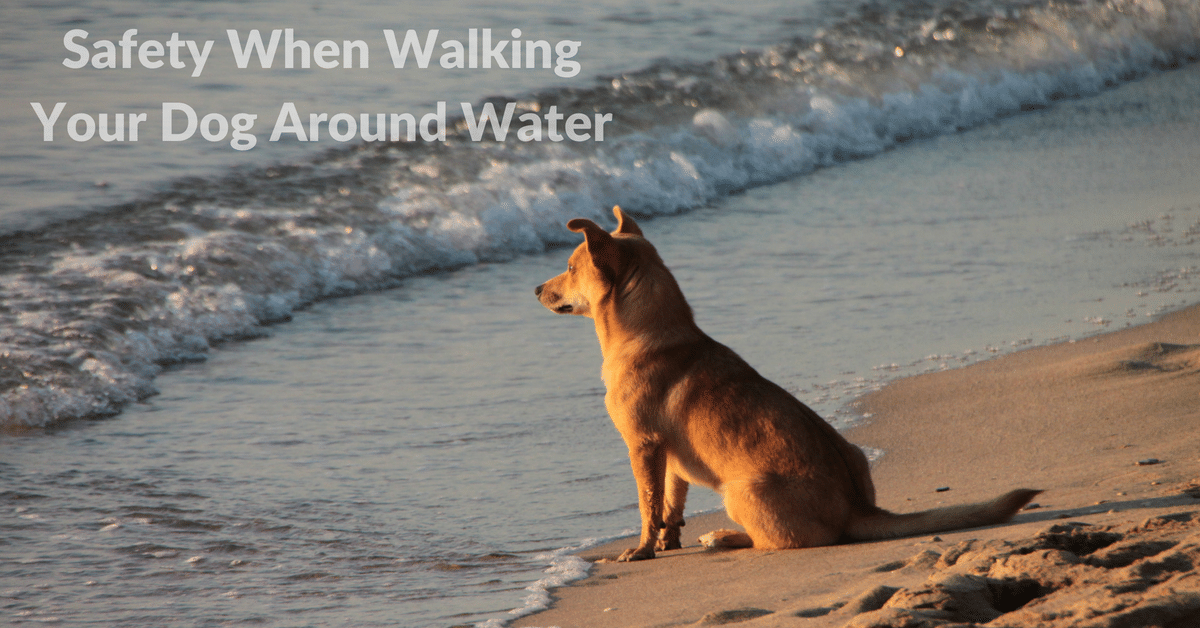Safety When Walking Your Dog Around Water
Tips To Keep Your Pup Safe! 
When it comes to dogs and water, you might be wondering how to walk a dog safely around water. First of all, there are three basic ways to describe a dog’s reaction to being around water. There are the water enthusiasts who run and jump into any body of water. These tend to include the retrievers and many of the working dogs, but many terriers are also water-loving dogs.
The second group is the tentative water dogs. They will step into the water, but they don’t really want to go swimming or get wet. These are dogs that are usually more cautious about going into the water in the first place and won’t be dogs that rush in headlong to cool off.
The last group of dogs is the water avoidant dogs. These are the dogs with no desired to even dip their toes in the water. Many of the small breeds of dogs are not at all interested in going in the water, but that doesn’t mean they can’t get into trouble along the edges of ponds, rivers, streams and other water sources.
Running Water and Tides
The biggest risk for any dog at the ocean or the sea is the impact of the outgoing tide. Just like people, even great swimmers can be pulled out into very deep water when the tide is going out.
Ideally, if your dog is on the beach and off-leash, know when the tide will start to go out. Call the dog out of the water and leash the dog until it is safe for him or her to go and explore the area exposed by the retreating tide. Keep the dog on a leash until there is no risk of the tide becoming a problem.
Running water in rivers and streams poses the same risk for dogs. Even in shallow streams and rivers, a fast movement of water can knock the dog off of his or her feet, then sweep the dog out of sight extremely quickly.
Always keep dogs on a leash around running water. Even dogs that are not interested in going in the water can slip on the bank, or a bit of the bank can give way, resulting in a very panicked dog in the water.
Puddles and Ditches
Most dogs are naturally very interested in puddles and ditches. There are several reasons to train your dog to stay away from these areas. Puddles and ditches are often stagnant and standing water. This means they have a higher risk of having bacteria, algae or protozoa, all of which can carry disease or make a dog sick.
In addition, puddles and ditches often have water that runs off of roadways. This water often contains contaminants from vehicles, exhaust and even spills on the surface. Even herbicides and pesticide residue on grass can collect in the water in higher than normal concentrations which can result in skin irritation or irritation of the mouth if the dog drinks.

